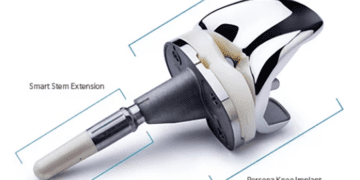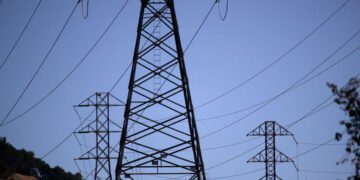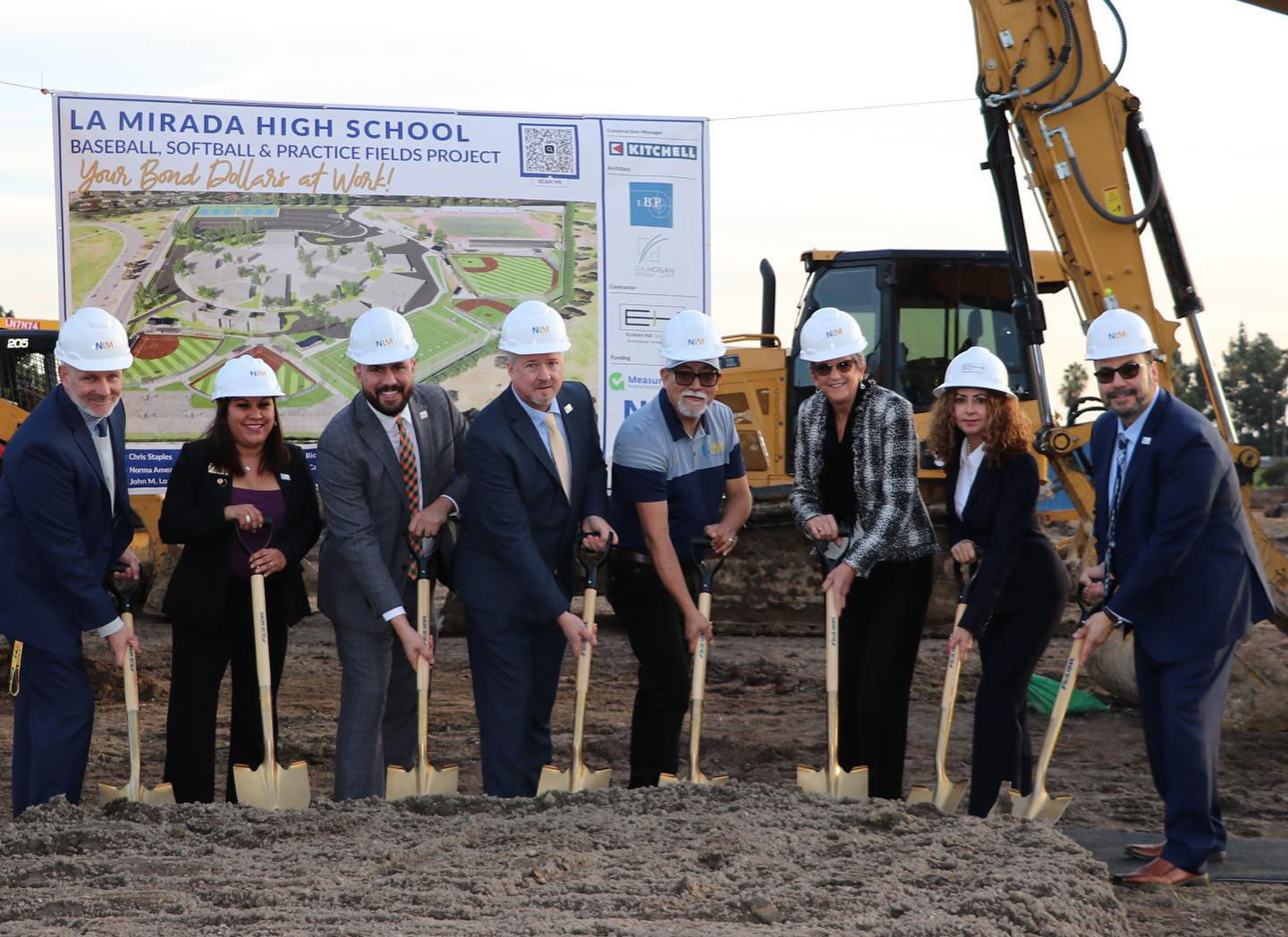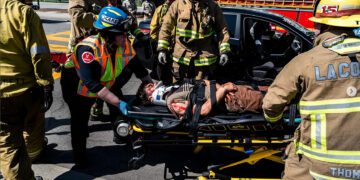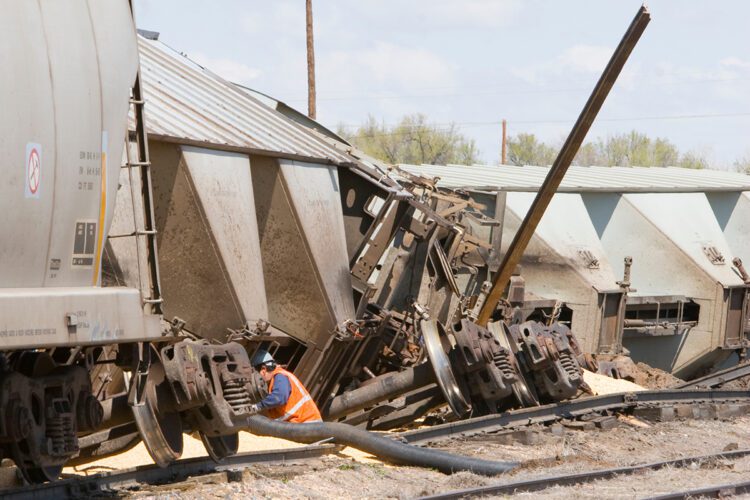Overview
Due to the numerous train derailments in recent months the industry is pursuing new safety regulations before federal action takes place.
A Closer Look
This action comes directly after a train carrying hazardous materials fell into the Yellowstone River located in Montana after a bridge collapsed, a total of 16 cars derailed with 10 of them ending up in the river. Among the materials were hot asphalt, molten sulfur and scrap metal. Some rail cars that did not go off the tracks and were removed, two of the cars carrying sodium hydrosulfide had contents transferred to safety.
This derailment is just a few months after the Ohio incident, which sparked a fire that led to massive evacuations. Investigations are still ongoing to determine what caused the derailment. In a preliminary report it was stated it could have been from an overheated bearing.
States want limits on the length of trains that is longer than two miles. They are writing rules and legislation to keep the current standard two-person crews, reinforce and strengthen track-side detectors and necessitate more notice to local emergency responders about hazardous freight material.
“It’s now time for this state to act,” Pennsylvania Rep. Rob Matzie told colleagues. “We can’t wait for federal regulations, which always seem to be in the works, but never quite get done.”
Conclusion
During a congressional hearing it was reported that inspections are not being done as much as they should be. Congress gave authority to the states to maintain and regulate rail safety, however the state efforts to regulate railways is full of legal questions, whether the federal government can enforce such requirements.
Author’s Note
This article is based on corporate postings and accredited media reports. Information within this article is attributed to the following outlets: Associated Press (AP)







